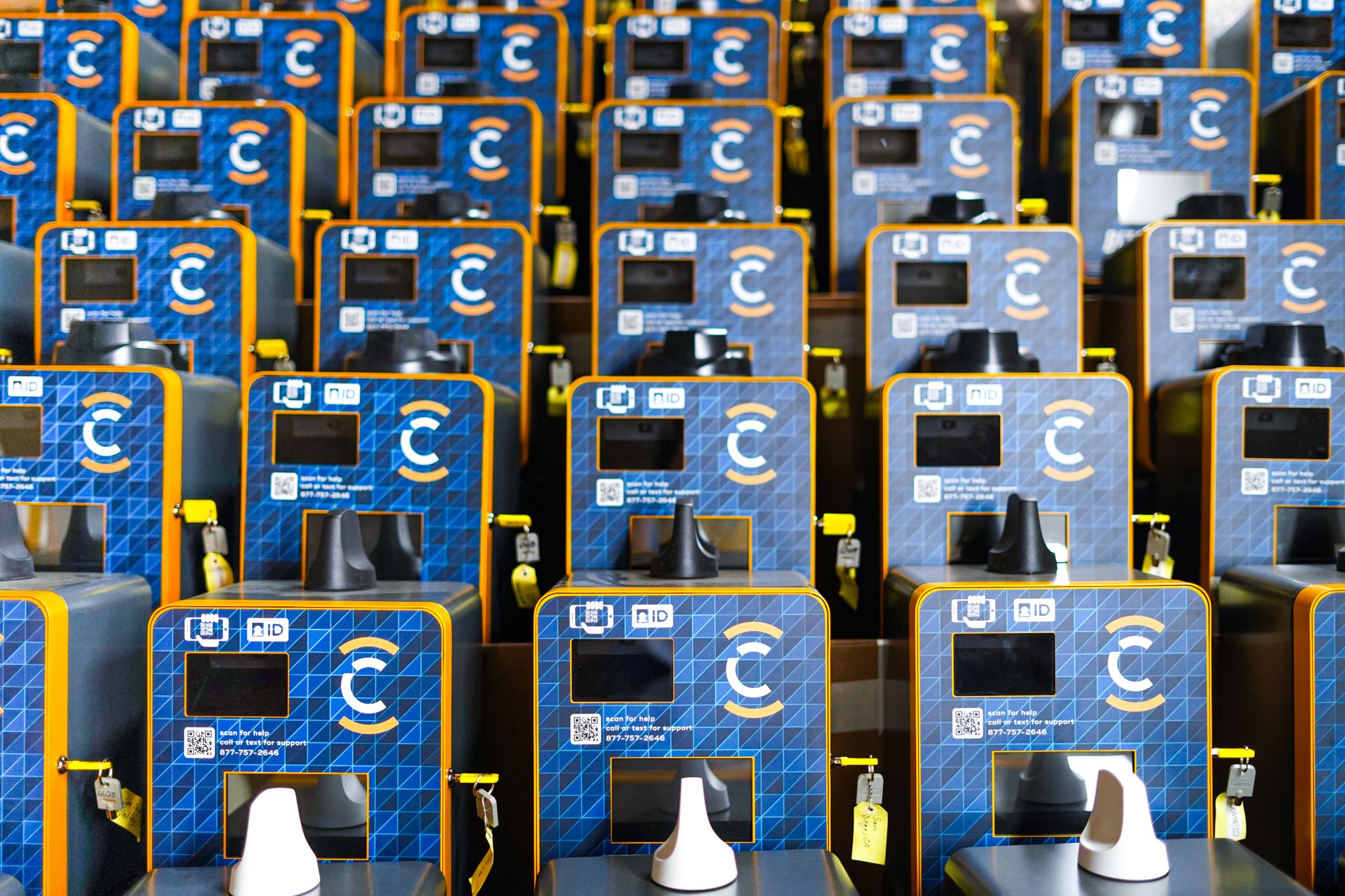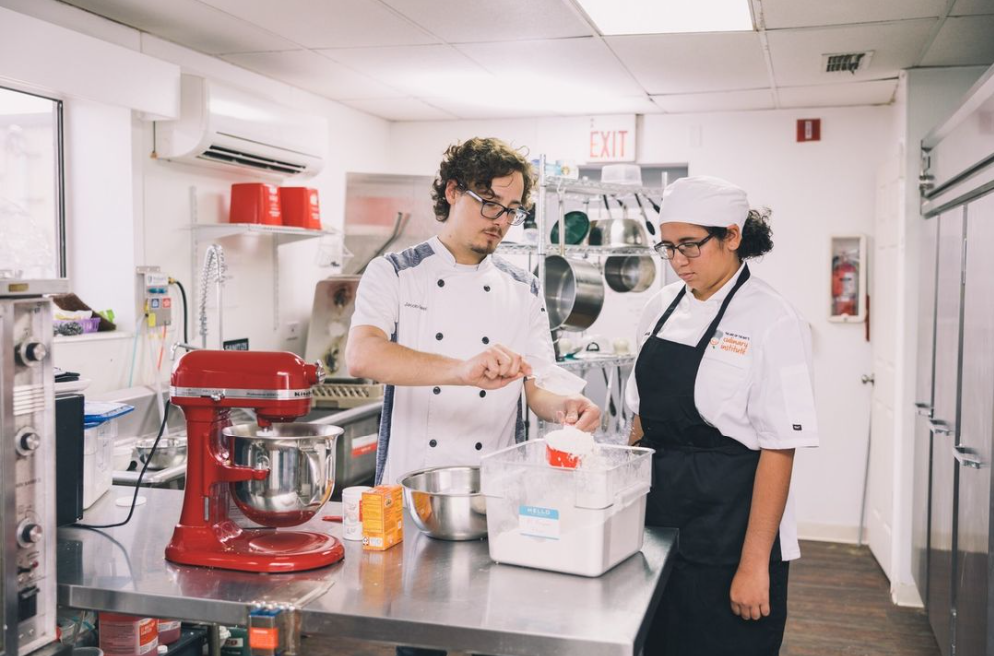They say the first step to getting help is admitting there’s a problem. However, so many people nowadays fail to realize just how addicted they are to scrolling, social media, and smartphones. So scientists at the University of Surrey have developed a new internet addiction “spectrum” that categorizes internet users into five groups based on their online habits.
A startling portion of adults have lived their entire lives dependent on these devices. Using them for everything from entertainment to maintaining social connections. Meanwhile, a mountain of peer-reviewed research suggests that too much time online is detrimental to well-being. Especially among young people. And it continues to grow each year.
“Our main aim was to clarify the difference between using the internet in a problematic way and being addicted to it. We found that the younger you are, the more likely you are to be addicted to the internet. And this tendency decreases with age,” says Dr. Brigitte Stangl, the lead author of the study, in a university release.
“We also wanted to explore how the severity of internet addiction affects users’ experience with new, high-tech applications like augmented reality.”
According to the research team, the average young adult in the U.K. spends about six hours daily online (primarily on smartphones). Older individuals (24 and older), meanwhile, spend roughly 4.6 hours online. Recent research focusing on Americans, on the other hand, found that young adults were spending 28.5 hours on their smartphones weekly in 2020.
The internet addiction spectrum
The study authors’ new internet addiction spectrum was constructed after assessing 796 participants and it breaks down into these groups:
- Casual Users (14.86%): These people mainly go online for specific tasks and log off without lingering. They show no signs of addiction and generally sway older (average age: 33.4 years-old). They are the least interested group when it comes to exploring new apps.
- Initial Users (22.86%): This group often finds themselves online longer than they initially planned. They also sometimes neglect household chores, but don’t consider themselves addicted. They are moderately interested in apps and have an average age of 26.1.
- Experimenters (21.98%): This group feels uneasy or anxious when not connected to the internet. Once online, they feel much better. Experimenters are more willing to try new apps and technology, and their average age is between 22.8 and 24.3.
- Addicts-in-Denial (17.96%): These individuals display addictive behaviors like forming new relationships online or neglecting real-world responsibilities in favor of staying online. However, this group also won’t admit to feeling uneasy when not connected to the internet. They are also very confident when it comes to using mobile technology.
- Addicts (22.36%): This cohort openly acknowledges that they are addicted to the internet. They also recognize its negative impact on their lives. They are the most confident at using new apps and technology. This group’s time spent online is significantly greater than that of Casual Users.
Study authors did not see a link between gender and online behaviors. Additionally, higher levels of addiction had an association with more confidence in using mobile technology, especially a greater willingness to try new apps.
Notably, this project also found that emotional experiences (emotions felt while using an app) appear to strongly predict future behavior among all groups while interacting with augmented reality. Conversely, action experiences (clicking around a website or playing a game) were actually mostly irrelevant for addicts.
“Our study underscores the need for tailored interventions and support for individuals at various stages of internet addiction. The findings will certainly influence the design and development of digital services and AR applications, ensuring they cater to the diverse needs of users in the current digital environment,” Dr. Stangl concludes.



























